
When I first proposed to write about the Persians in Egypt, in a seminar at the University of Michigan, my professor laughed. She laughed because it was a well-known fact among Egyptologists that there was little evidence for this period and therefore not much to write about. But I was intrigued rather than deterred by her reaction. How could there be so much more material from the 26th Dynasty (ca. 664-526 BC) and the 28th-30th Dynasties (ca. 404-340 BC) than for the Persian Period (or 27th Dynasty, ca. 526-404 BC)? Surely the Egyptians did not stop building tombs or making statues or pots during Persian rule.
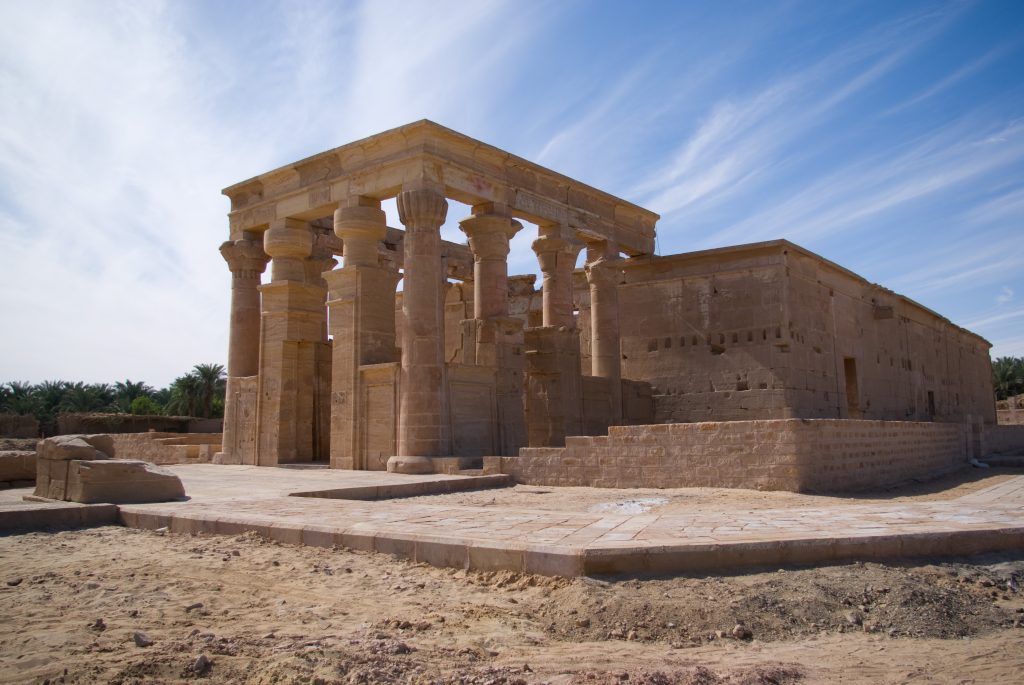
Finding Persians in Egypt
So the first problem I had to solve was why we think there is so little material from this period. It turns out that the answer was rather obvious: it wasn’t being dated correctly. More precisely, unless there was a specific reason to date something to the 27th Dynasty, most objects were dated earlier or later instead. Take statues, for example. The classic study of Egyptian Late Period sculpture was published by Käthe Bosse in 1936. Bosse dated statues to the 27th Dynasty only if the individuals who commissioned them were mentioned in securely dated inscriptions, or if the statues had unusual garments. In the absence of one of these features she gave a date of ‘probably 26th Dynasty’. So she attributed to the 27th Dynasty all of the material that she could not date at all! And this happens with other types of Egyptian material culture too.
The good news, then, was that there was more material dating to the Persian Period than anyone thought. The bad news was that it was mostly indistinguishable from that of preceding or later periods! Here my background in Classics became useful. A major topic in Classical archaeology is ‘Romanization,’ or how the provinces of the Roman Empire changed under Roman rule. In some cases the changes were profound. In others, the Romans used existing local institutions, resulting in continuity, at least initially. In other words, the absence of change was not necessarily evidence for lack of impact. Also, everyone experienced Roman rule differently; for some people it was a disaster, but for others it created new opportunities.
The effects of Persian rule in Egypt

Statue of Horwedja, c. 521-486 BC. Cleveland Museum of Art 
Statue of Ptahhotep, c. 500-475 BC. New York, Brooklyn Museum
This was the basis of my approach to Achaemenid Egypt. I found many continuities, especially in religious practice, but there were interesting changes too, such as the introduction of qanat irrigation to the Western Desert and the importation of Greek coins. I also tried to identify the different ways people reacted to Persian rule. For example, a statue in the Cleveland Museum of Art, depicts the ‘Minister of Finance’ Horwedja. He wears a kilt and bag wig, both common features in Egyptian art. Another, contemporary statue in the Brooklyn Museum, depicts the ‘Overseer of the Treasury’ Ptahhotep. Ptahhotep wears a long robe, a jacket with sleeves and a torque with ibex heads around his neck. These items have more in common with Persian clothing than Egyptian, and it seems that Ptahhotep embraced some aspect of Persian identity. Even though both men occupied similar places in society, each saw Persian rule differently, with Horwedja maintaining Egyptian traditions of dress, while Ptahhotep viewed himself as part of the Persian administration. So continuity is as interesting as change!
This pattern holds for the rest of my book as well. I found that it was impossible to generalise about Egyptians or Persians, and that matters were considerably more complicated. But it was clear that Persian rule did have a profound and lasting impact on Egypt, even if it was not always readily apparent.
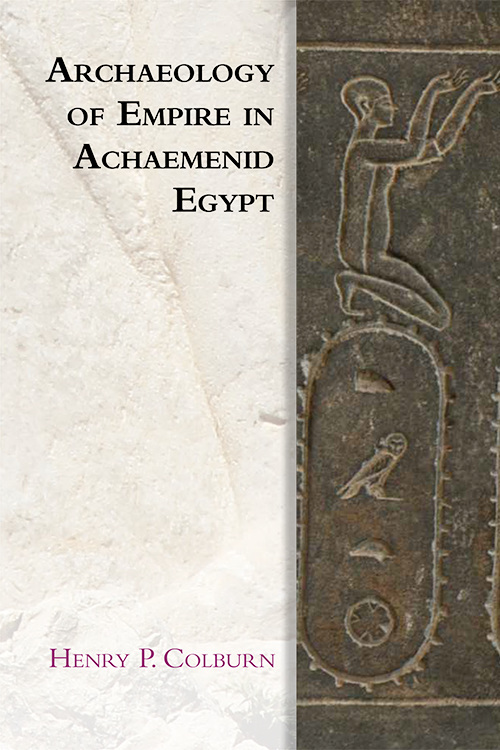
Find out more about Persians in Egypt in the new book of Hebry Colburn Archaeology of Empire in Achaemenid Egypt
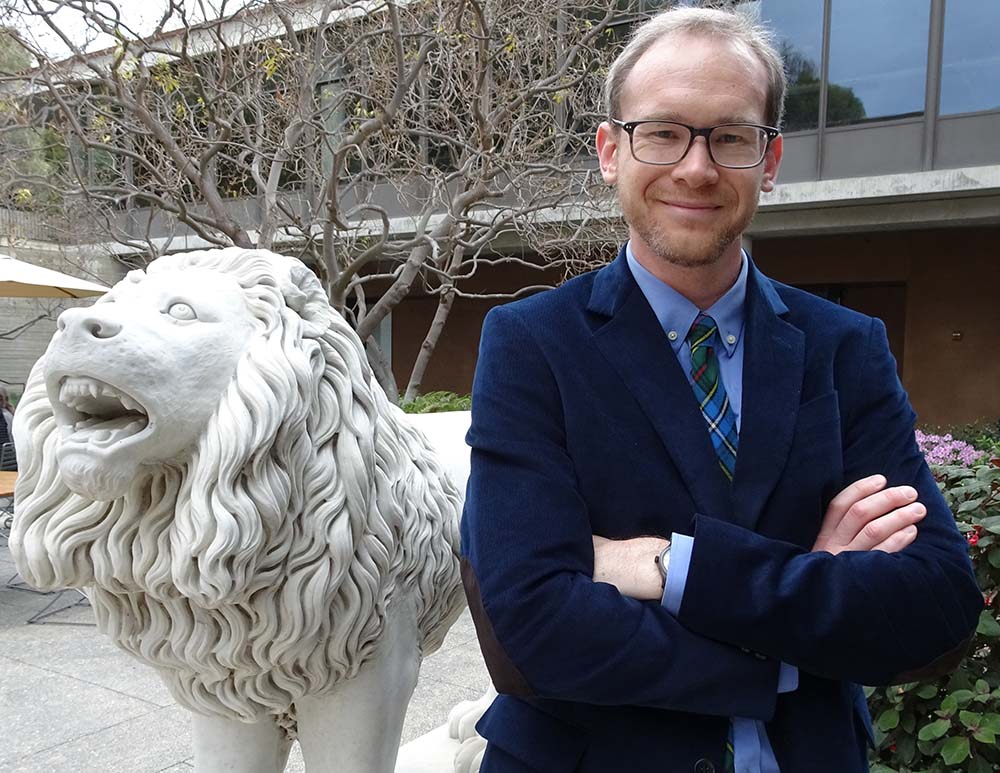
Henry Colburn is Andrew W. Mellon Curatorial Fellow in Ancient Near Eastern Art at the Metropolitan Museum of Art in New York. He is the author of numerous essays on the art and archaeology of the Achaemenid Empire and ancient Iran. This is his first book, based on his PhD which he received in 2014.


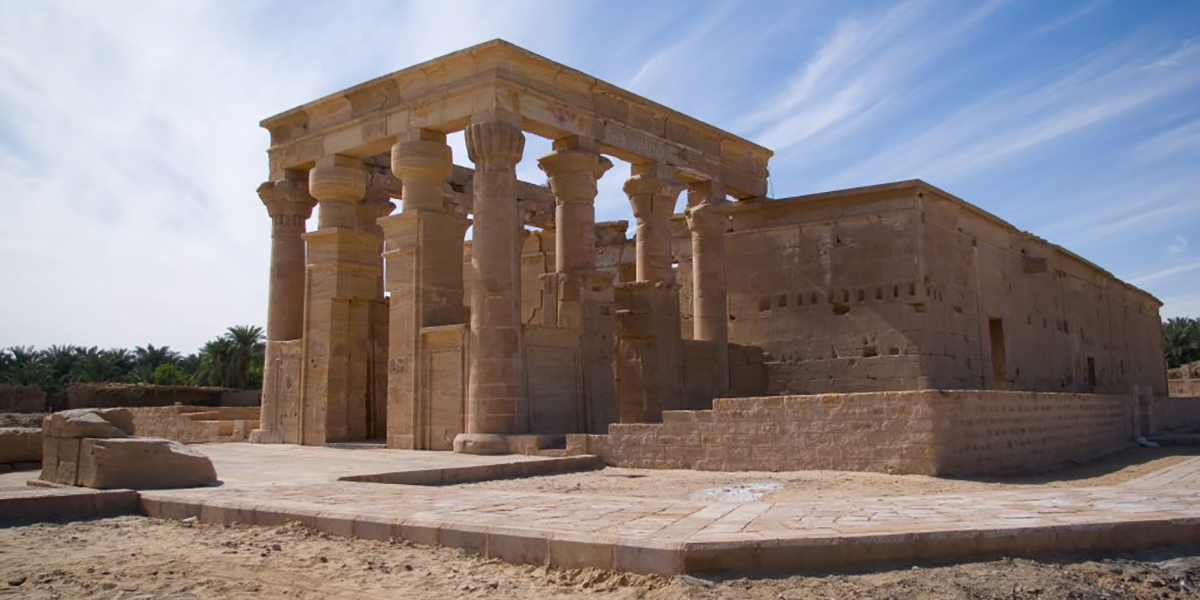
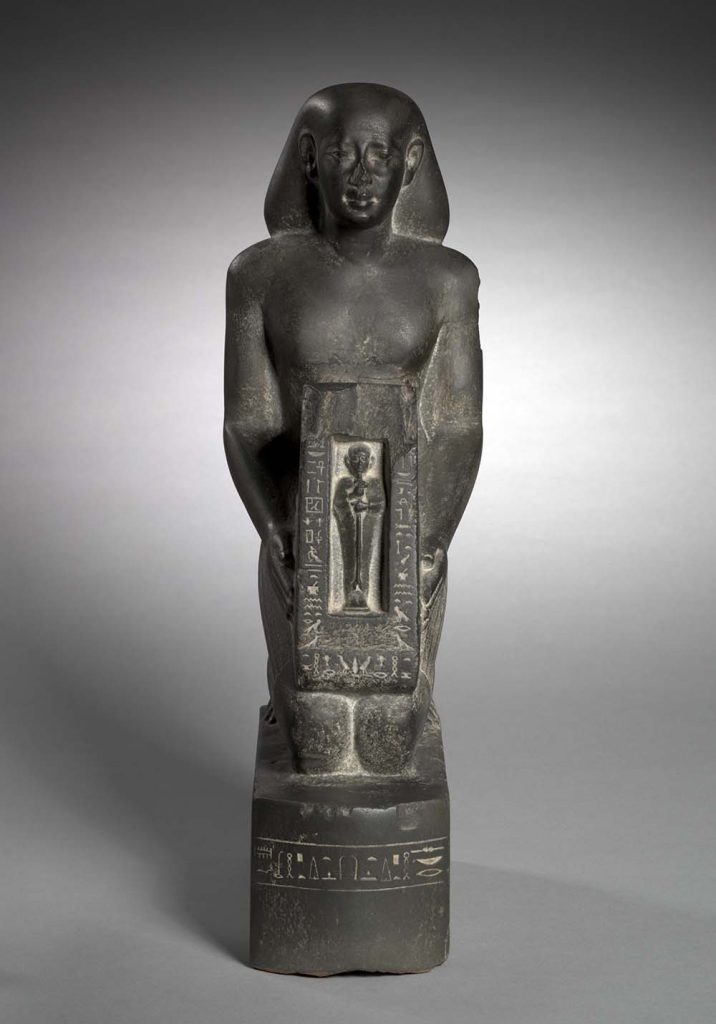
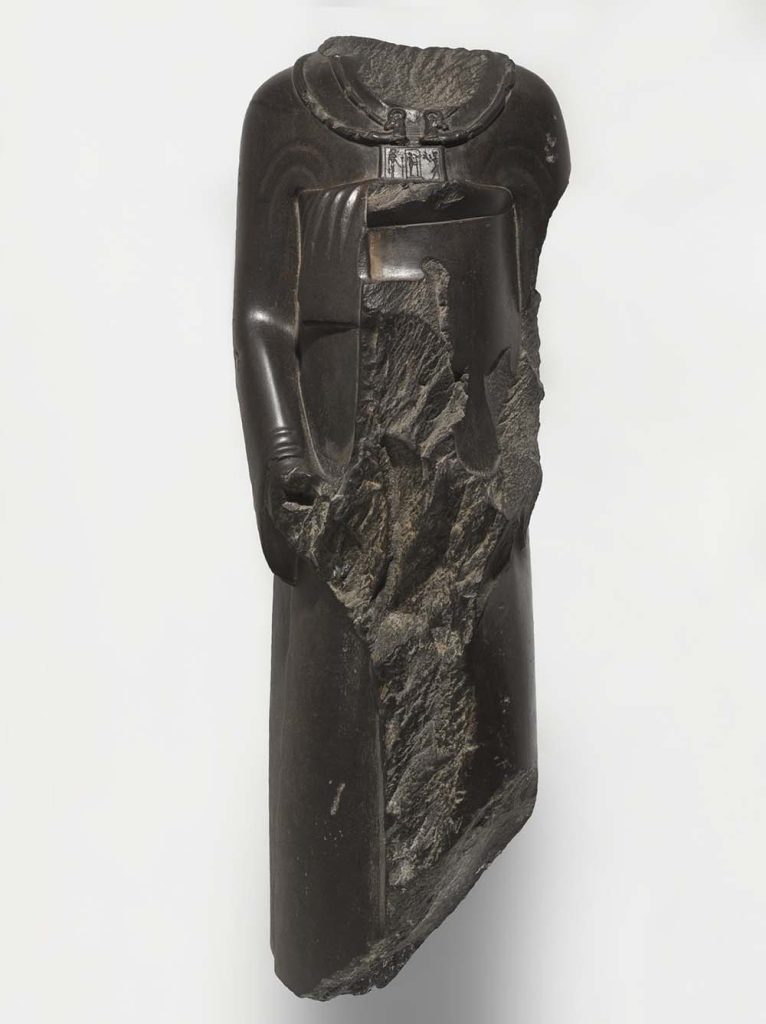



I have never seen a book or article discussing this topic, although I am very big follower of Egyptian history and archaeology. I will certainly be keen to read the entire book by Henry Colburn.